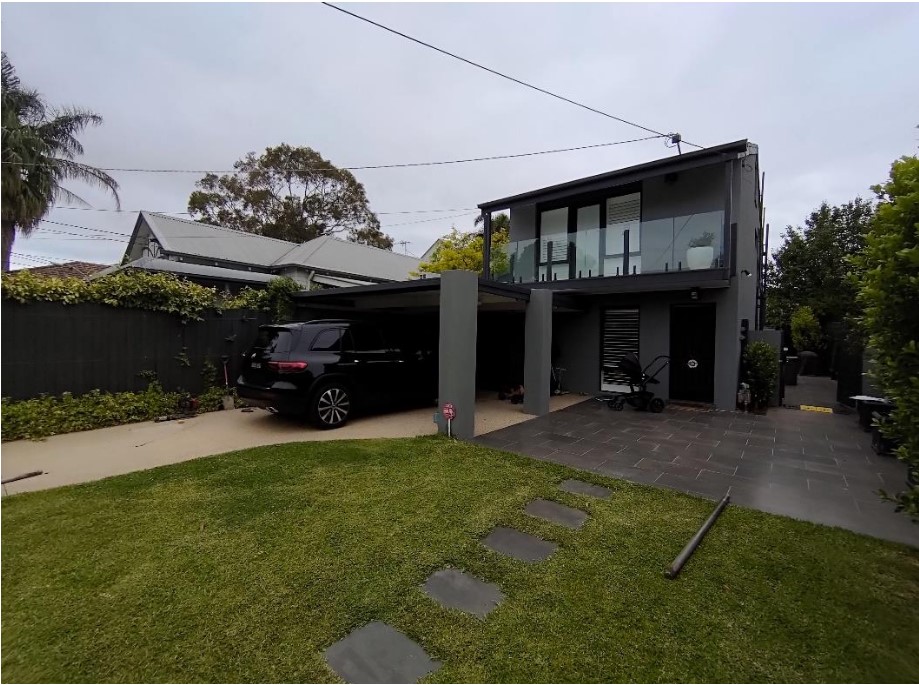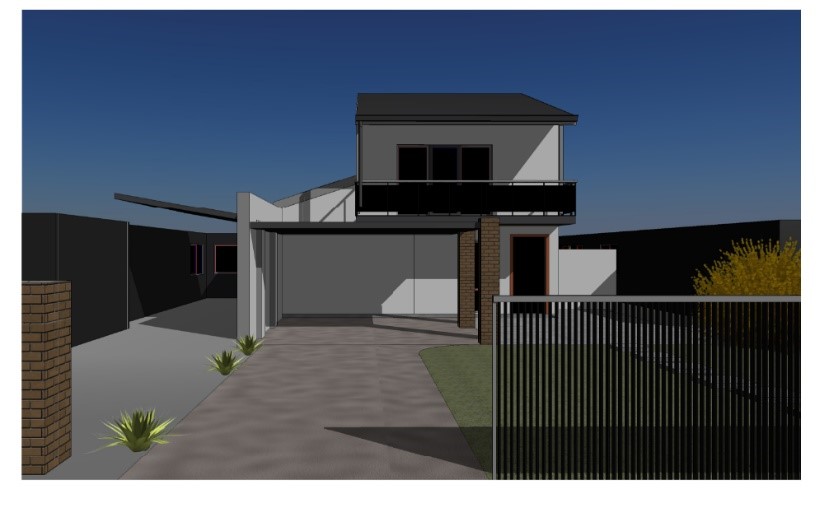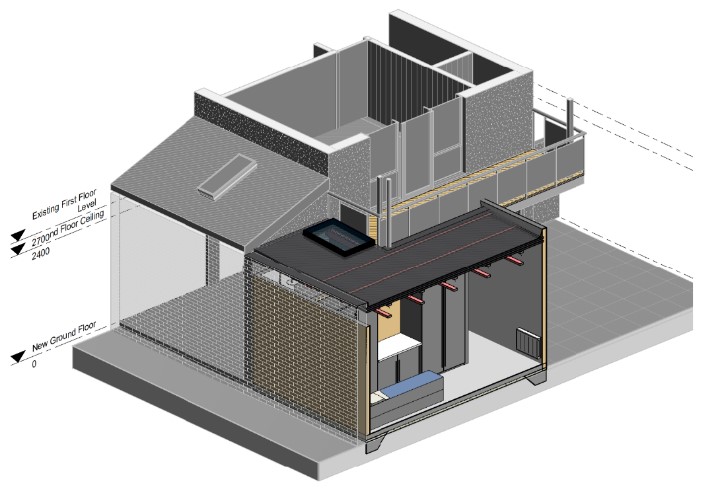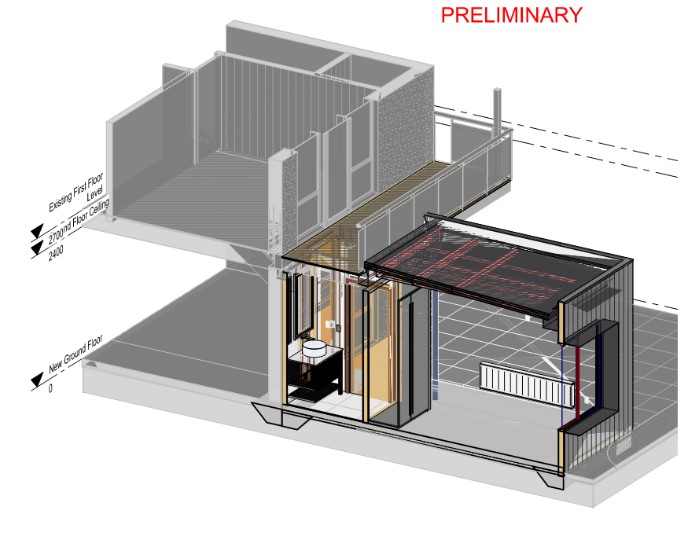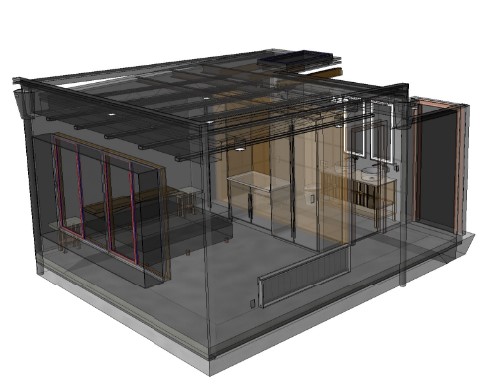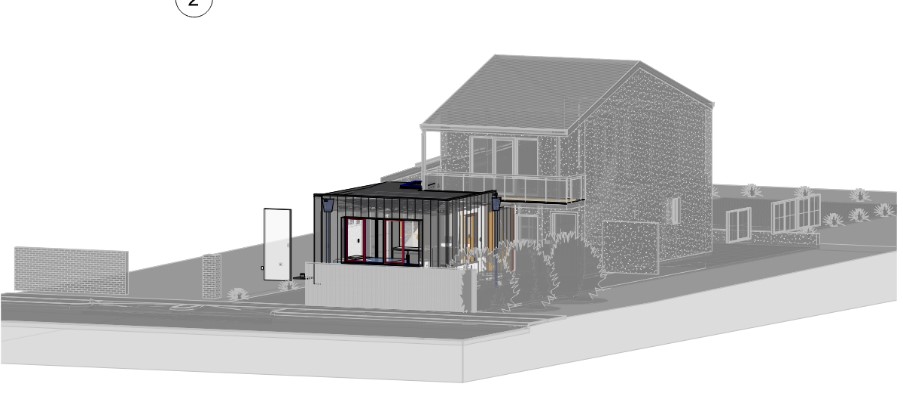The owner’s of 16 Charles St., Brighton were looking to convert an existing carport into an enclosed space included within the house and intended use it us a master bedroom adding to the value and capacity of their house. CESCON provided full framing and footing design for the proposed addition and worked closely with the architects to ensure that the new and existing structures (including existing framing as well as foundations) connected into each other and ensured existing footings were not undermined.
CESCON also advised the builder regarding temporary works and continued providing advice throughout the course of this project.
WHAT YOU NEED TO KNOW?
Structural engineering is a critical aspect of fitouts, particularly when it comes to new or existing structures. It is the process of designing and analyzing the strength and stability of a building or structure. When it comes to fitouts, it is crucial to consider the footings and framing systems, as it involves connecting the new and old footings and framing systems together.
It is important for these footings and framing systems to connect into each other correctly, as this ensures the stability and integrity of the structure. If these systems are not properly connected, the building could experience issues such as cracking, shifting, or settlement.
It is also important to study the soil properties and the properties of the existing house before designing the new system. This information is crucial for the structural engineer to understand how the soil will react to the weight of the new structure, as well as how the existing structure will be impacted by the new load. A geotechnical engineer can perform tests on the soil and provide information on its composition, strength, and potential for settlement. This information is then used by the structural engineer to design a new system that is appropriate for the soil conditions and existing structure.
Additionally, it is important to involve a geotechnical engineer to ensure that the existing footings are not undermined by the weight of the new structure. This can occur if the new structure puts additional stress on the soil, causing it to shift or settle. The geotechnical engineer will consider factors such as the soil type, groundwater conditions, and the weight of the new structure to determine if there is a risk of undermining the existing footings. If necessary, they can recommend steps to mitigate this risk, such as installing additional footings or reinforcing the existing footings.
In conclusion, it is vital to have a thorough understanding of the soil properties and existing structure before designing the new system, and to involve a geotechnical engineer to ensure the existing footings are not compromised. This process helps to ensure the stability and safety of the new structure, as well as the longevity and integrity of the existing structure.

